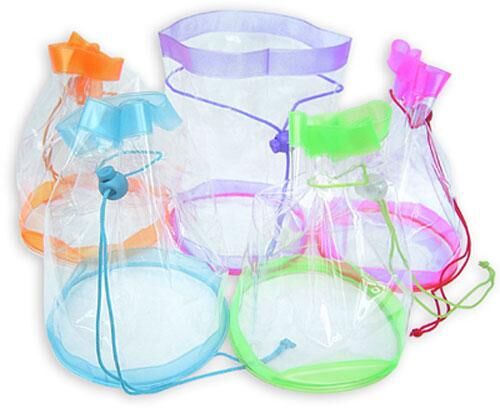It is flexible, light, cost-effective, transparent, tough and safe. It has excellent organoleptic properties (does not affect the taste of the packaged food) PVC requires less fuel to manufacture and transport when compared with other packaging materials such as metal or glass, and protects against contamination by helping to prevent the spread of germs during manufacture, distribution and display, particularly in the form of cling film. This, combined with PVC’s excellent oxygen and water barrier properties, prevents unnecessary wastage as it ensures food lasts longer.
More than 500,000 tons of PVC is used in packaging across Europe each year. Its major packaging applications are rigid film (about 60 %), flexible film such as cling film (11 per cent) and closures (3 per cent).
PVC provides a very versatile and cost-efficient material for the production of:
- Blisters and presentation trays for a wide variety of foodstuffs, as well as batteries, electronic parts and accessories, tools, toys,
- Packaging for disposable syringes and medical devices, as rigid PVC allows radiation sterilisation
- Pharmaceutical tablets blisters
- Cling film for meat, fish, cheese, vegetables
- Toiletries







Get Social